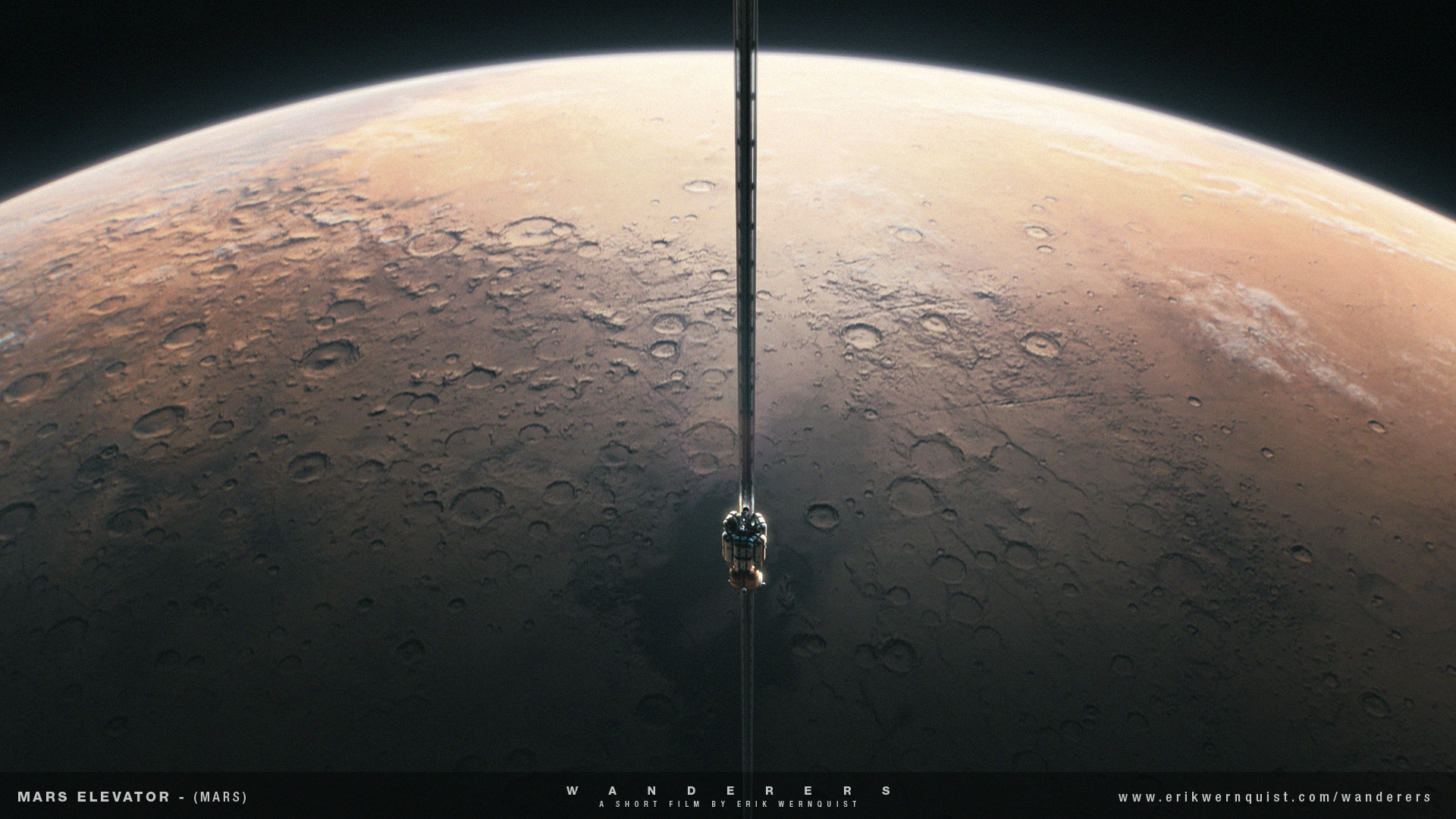This one is for you Ben…
Readers may have noticed a lack of posts over the past several days. This is because I’m currently in NW Arkansas, visiting my mom, a trip I make every year around this time.
So I’m down here, installing DSL for my mother…
Mom (who is now in her 80’s) is not afraid of computers. She and my dad were quite eager to learn about them and how to work with them. They purchased their first computer sometime in the 1980’s, an Apple IIE (at least that’s what I think the model was – I’m a Windows guy). When they first started using computers, I was living and working in Saudi Arabia. I’d come home once or twice per year on business or vacation and always spent several days with them. Answering their computer questions was always high on the list of ‘things to do’.
My professional career was spent entirely in the computer industry, mainly in software and working mostly with mainframes and minis (PCs didn’t come along until later on in my career). I remember in particular one computer question my parents asked me; “how do you copy a file?” I’m ashamed to admit that it took me the better part of an hour before I could figure it out (and I had to consult a manual). Apple’s did not operate in the same way as IBM PC’s did and I remember thinking that my parents must wonder how I make any money in this field when I can’t even do something simple like copying a file without needing a manual. To them, a computer was a computer… It’s a good thing that the bank I worked at in Saudi Arabia was forward-thinking enough to use PCs early on or I would have had even more trouble copying that damn file.
After my dad retired, my parents moved to Arkansas – this was in 1989. They brought their computers with them and I soon persuaded them to join the online revolution. 1989 was long before DSL, cable-modems or other high-speed access options to the Internet, so they signed up with the local provider (Arkansas.net) for dial-up service and have been using it ever since. A couple of years ago, NW Arkansas finally moved into the 21st century and DSL became available in the area. However, my mom didn’t want to change to it; she didn’t see what faster service would do for her (and, since her only online experience up to this time is email, I can see her point). However, I visit her every year and spend several days there. My sister and her husband do the same as does my oldest daughter and her husband. All of us would LOVE to have hi-speed Internet access while we’re visiting her. It took a year, but we finally convinced her to make the switch. I received an email from her a few weeks ago saying that she had ordered hi-speed DSL from AT&T and was waiting for my yearly visit so that I could install it for her.
I lived and worked in the Kingdom of Saudi Arabia for about 8 years. My first employer in the Kingdom was The Saudi Investment Bank (formerly The Saudi Investment Banking Corporation) and, during my tenure there, they purchased the second PC that IBM ever sold in the Kingdom. For those of you who may remember such things, it was an IBM PC-AT. It was housed in two PC-cases, with the cases connected by a large, thick cable. We purchased the AT so that we could get a full 10 MB of storage (woo-hoo) and the first application we wrote on it was Payroll. Back in those days, employees of most companies in the Kingdom were paid in cash. Payday was always fun; we’d line up in the Treasury department, waiting our turn. When we got to the front of the line, the clerk would look up our name, place a tick-mark next to it, and then retrieve our pay envelope from a box full of envelopes stuffed with cash. In the envelopes would be our monthly pay, all in Saudi Riyals and all in cash. Then 99.9% of us would walk downstairs to the Tellers and have them either deposit the money in our account or else wire transfer it back home. My boss, the Operations Manager, thought that this was an odd way to do things; he’d have to have a clerk spend a man-day or two counting out our pay and putting it into envelopes and then we’d all waste productive time standing in line waiting to get our pay, and then the banking tellers would have to re-deposit our money in our accounts (and/or wire it somewhere). So a home-grown Payroll system, written in dBASE II, was the first PC application I ever worked with.
After I moved back to the States, I started my own software company and, in the course of things, acquired several PCs of various makes and models. My parents had moved to Arkansas by then and so on one of our family visits down there, I took a couple of my older, Windows-based PCs along and gave them to them. I schooled them in the ways of Windows (I think we were running Windows 95 then) and got them to use email via the dialup connection.
And their old Apple? If you visit the Southern Illinois University Computer Museum, you’ll see it on display along with a small placard saying, “Donated by Carl and Lois Semon”…
At home, I have a cable modem and absolutely love it. The service is fast, reliable and relatively inexpensive. My sole experience with DSL up until this trip was at the offices of CASA of DuPage County, Inc., a child-welfare organization that I am associated with. CASA (Court Appointed Special Advocates) works with neglected and abused children who have come to the attention of the state’s child-welfare system. When a case enters the system, a CASA Advocate is assigned and stays with the case until it leaves the system (the child either ages out or is adopted). As Advocates, we spend time with the child, ensure that their living situation and services are satisfactory and report to the courts on the child’s status. We attend court hearings, DCFS meetings, etc. We’re different from the typical case-workers in that we are usually assigned only one child at a time and we stay with that child / case until it is dismissed. Often times, we are the only ones who really get to know the child. If a child is in the system for any length of time, their placement will change, their attorneys and GAL and Case workers will change, the judge will change, etc. CASA’s are the only ones who stay with the child during their entire experience in the system. We Advocates go through rigorous training, have to be certified and sworn in by the courts, and are required to attend ongoing training. CASA is a national organization and is county-based; each local CASA ‘chapter’ serves the needs of one particular county. I’ve been an Advocate for over six years now and take great pride in what they do and what I do with them. In addition to being an Advocate for the local CASA office, I also donate my time to maintain their network of 8 computers, various printers, a scanner, etc., etc., etc. Some years ago, I upgraded them to DSL to replace the dial-up service they had been using. It was a pretty painless experience and has been working fairly well for us. Earlier this year, in an effort to save some money, I had AT&T move our data service onto our fax line, thus saving us the cost of a telephone line. This experience was just awful; it took 5 days to get this up and working and required a visit by one of their technicians to come out to our building to fix some issues they had with their telephone cable. Our AT&T rep was no help; as soon as she heard there were problems, she scurried for cover, not to be heard from again.
Since this experience was still relatively fresh in my mind, I was a little bit leery about installing the DSL service for my mother. But hey, it’s just DSL, right? The product has been out for a long time, the technology is well known and stable, and it’s from AT&T. What could possibly go wrong?
Actually, plenty… I arrived at my mom’s Tuesday night. I tackled the project first thing Wednesday morning because if things went badly, I wanted plenty of time to be able to fix them. And this is MY MOTHER – I want to make sure it’s working and working well before I leave because I’m the one who badgered her into upgrading to this service in the first place…
When I arrived, the DSL kit was waiting for me. My mom had already been billed for it on her latest AT&T bill. In the kit is the installation CD, one of the better ones I’ve seen. They really try to make it as simple and as easy-to-understand as possible. Their audience is generally non-technical, just the ordinary family that wants a better Internet experience. Each step is meticulously described and is illustrated to ensure that the instructions are as easy to follow as possible. So, first step, install the DSL filters on all of your household devices plugged into the phone lines. The kit contained four DSL filters but wait, there’s no filter included for a wall-mount phone – why? They used to be part of the kit, but now all you get is a little piece of paper which says that if you call a certain telephone number, they will ship you one. Joy. The phone in the kitchen (which is the one used by my mom 95% of the time) is a wall mount. Yes, AT&T will ship one to her in the next 2-3 days and it will arrive in a week or so. However, I’ll be gone by then. OK, I’m sure we can buy one locally, let’s move on (minus the phone in the kitchen which I’ve now disconnected). Everything (else) gets hooked up and, joy, the DSL light starts flashing on the modem. However, we get repeated error messages in the registration process. Expecting incompetence and frustration, I dial the AT&T support line. Surprise – the lady I talked to knew what she was doing, gave me a couple of URLs to use to finish the registration process and, Hurrah – we have high-speed Internet access!
And, hey, we can get the DSL filter for the wall-mount phone at one of the local hardware or computer stores tomorrow, so all is cool, right? Silly me…
After dinner (and watching the Cubs lose – I’m a White Sox fan but my mom is a HUGE Cubs fan), I add her new AT&T email address (which I had to set up as part of the registration process) to Microsoft Outlook, the email client she uses. It doesn’t work – won’t send or receive email. Is it me or is it Outlook? I go onto the AT&T webmail tool and that doesn’t recognize her email address either. It’s past 10:00pm now, so the AT&T help line is closed. However, there is an AT&T support-chat tool available. So, I sign on and, after waiting for several minutes, get connected with “Lisa”. I tell her my problem – she looks up my mom’s account and says that she has no record of it having DSL. This in spite of me using it to chat with her AND my mom already being billed for it! She tells me that to resolve this problem, I have to call AT&T Billing tomorrow morning (they’re closed now, too). Billing? I’m sure they’ll be a big help.
The next morning my mom goes bowling in her Wednesday morning league. I give her the slip of paper which AT&T included in the installation kit and that has a picture of a wall-mount DSL filter (the one with the ‘helpful’ phone number on it). She’s driving right by a Radio Shack on her way home, so I tell her to stop in, give the salesperson the piece of paper and have him/her sell her one of ‘those’. Great idea, but Radio Shack is out of them, sigh. In the meantime, while she’s gone, I’m steeling myself to call AT&T Billing to get my email problem sorted out. However, I’m bright enough to call AT&T support instead and, surprise, yet another competent person takes my call. After a brief explanation of the issue on my part, she directs me to yet another URL and has me re-register my mom’s new email address. She also asks me which email client I’m using and then verifies with me that I’m using the right parameters (server names, ports, etc.). And it all works!
So, outside of not being able to use her kitchen phone, all is good. Lowes is out of wall-mount DSL filters, too, but the ‘local’ Best Buy (25 miles away) has two left in stock. I have them hold one for me and we drive over and get it. We drive home and I install it and Hurrah – my mom’s Internet setup has officially entered the 21st century!
I’m sure glad I was here to do this, I think my mom (or most anyone who didn’t have a computer-tech background) would have had great problems with this, culminating in a $150 service call to put things right.
And that’s how I’ve been spending part of this week. Barring any late-breaking, significant news, I’ll be back to blogging about Space Elevator stuff next week.
 While the dream of a space elevator still lies on the technological horizon, some of the work to make it real is already underway — not in orbit, but much closer to home. Around the world, engineers are building and testing machines that climb tethers, cables, and vertical lines in challenging environments. These systems may look humble next to a 100,000-kilometer ribbon to space, but they provide real-world platforms for learning how climbers might one day ascend the sky.
While the dream of a space elevator still lies on the technological horizon, some of the work to make it real is already underway — not in orbit, but much closer to home. Around the world, engineers are building and testing machines that climb tethers, cables, and vertical lines in challenging environments. These systems may look humble next to a 100,000-kilometer ribbon to space, but they provide real-world platforms for learning how climbers might one day ascend the sky. Rottweil, Germany — Elevator Test Towers That Reach for the Sky
Rottweil, Germany — Elevator Test Towers That Reach for the Sky Medellín, Colombia — Urban Ropeways in the Clouds
Medellín, Colombia — Urban Ropeways in the Clouds Tignes, France — Ropeway Engineering in the Alps
Tignes, France — Ropeway Engineering in the Alps Mojave Desert, USA — Laser-Powered Climbers Race Skyward
Mojave Desert, USA — Laser-Powered Climbers Race Skyward Translation Project: Woven Pathways to the Sky
Translation Project: Woven Pathways to the Sky















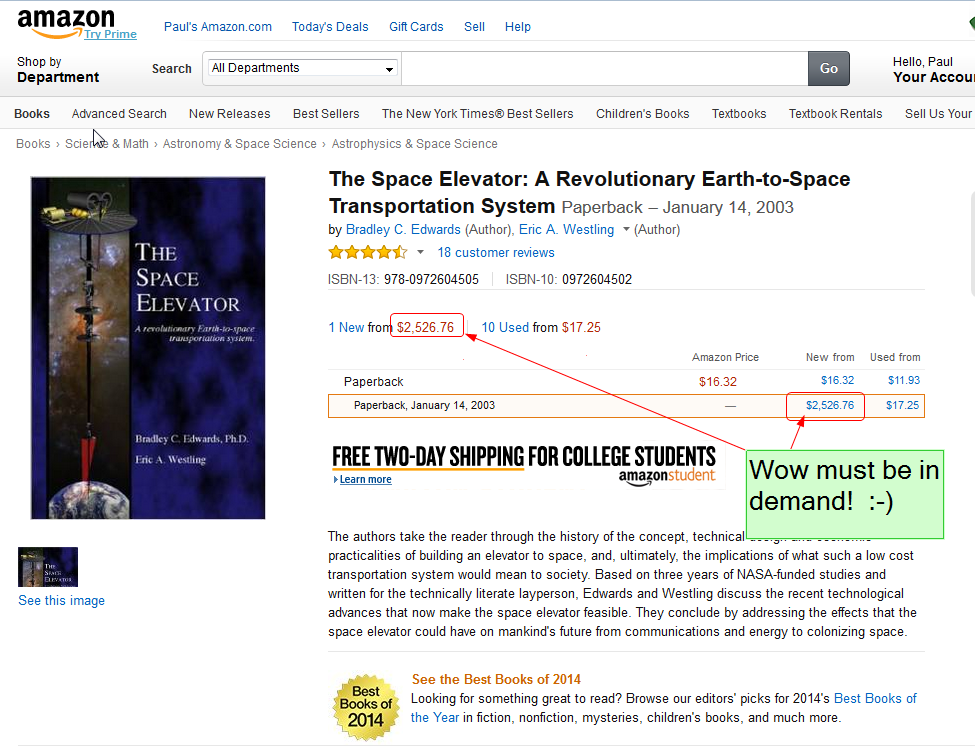


 n/seattle
n/seattle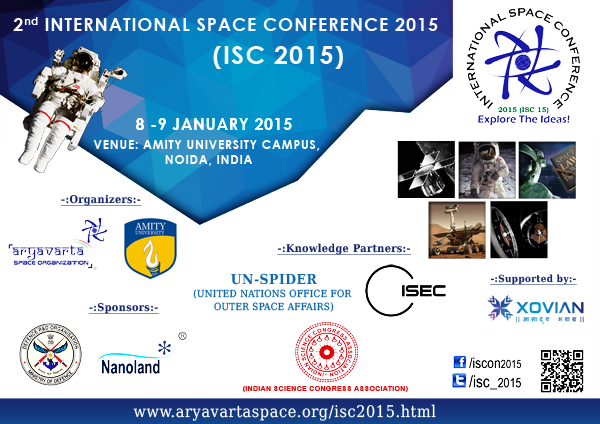

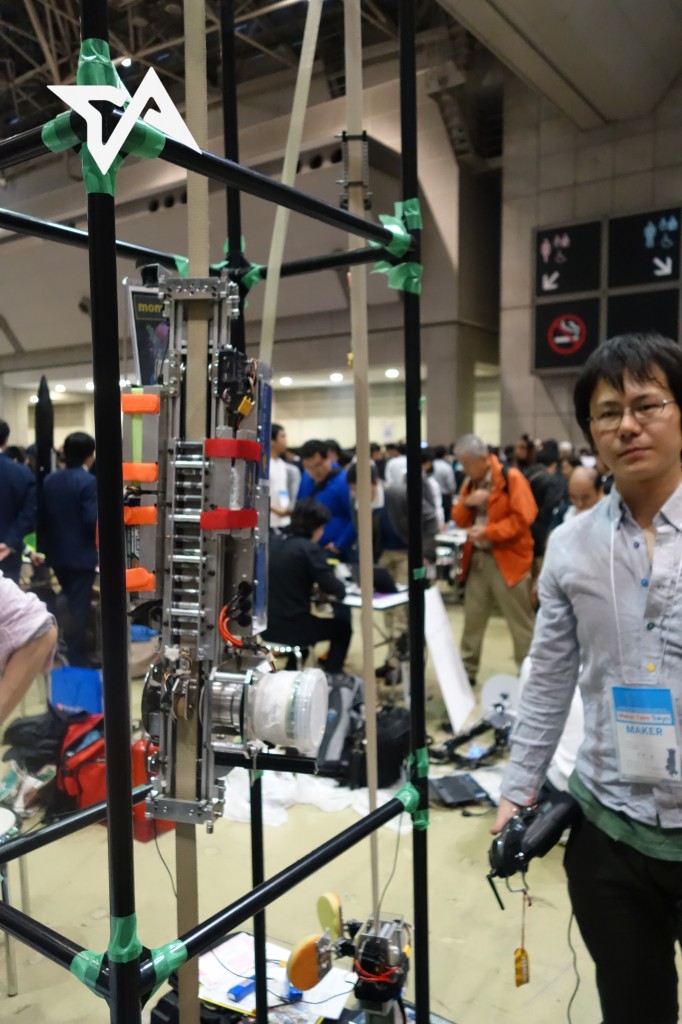
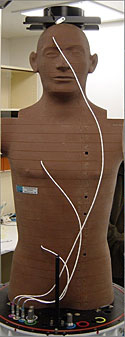


 Does SETI need to shut up? Speaking of what’s “out there”, I’ve always been interested in the
Does SETI need to shut up? Speaking of what’s “out there”, I’ve always been interested in the 
 In this Weekend Walkabout, we keep it simple but definitely not local.
In this Weekend Walkabout, we keep it simple but definitely not local.